Pocheongyegok Valley (포천계곡)
7.6Km 2021-02-18
Hwajuk-ri, Seongju-gun, Gyeongsangbuk-do
+82-54-930-8371
Pocheongyegok Valley is a representative valley of Gayasan Mountain with clear water and a lush forest. The valley used to be a learning place for local scholars in the old days. Eungwa Lee Wonjo, a civil minister and a great scholar during the late Joseon period, spent the later years of his life at Mangwijeong Pavilion located along the upper steam near a small waterfall. The beautiful valley scenery stretches over 7 kilometers.
Gayasan Sori-gil (가야산 소리길)
7.7Km 2025-03-17
1783 Gayasan-ro, Gaya-myeon, Hapcheon-gun, Gyeongsangnam-do
Gayasan Sori-gil is a 6-kilometer walk from Hapcheon Theme Park of the Tripitaka Koreana to Yeongsangyo Bridge, near Haeinsa Temple (one of the three major temples in Korea), which restores the old Hongnyu-dong path. This route allows you to stroll along the valley, where you can listen to the sounds of water, birdsong, and immerse yourself in the natural beauty of Korea. Along the way, you can visit some of Gayasan's stunning locations, including Nongsanjeong Pavilion, Gilsangam Hermitage, Nakhwadam Reservoir, and a red clay trail.
Busan Sikdang (부산식당)
7.9Km 2024-02-27
8 Chiin 1-gil, Gaya-myeon, Hapcheon-gun, Gyeongsangnam-do
Busan Sikdang is a restaurant specializing in sanchae bibimbap (wild vegetable bibimbap), located in front of Haeinsa Temple, which houses the Tripitaka Koreana. They offer local dishes such as sanchae hanjeongsik (wild vegetables Korean table d'hote) and pyogobeoseot jeongsik (shiitake mushrooms set menu) made with wild vegetables, deodeok, mushrooms, and other ingredients harvested from Gayasan Mountain. Side dishes include seasoned wild vegetables, grilled deodeok, green onion pancakes, and acorn jelly salad.
Dals Garden / 달의 정원
8.0Km 2025-03-18
13-31 , Chiin 1-gil, Hapcheon-gun, Gyeongsangnam-do
+82-55-934-0107
Located on the way to Haeinsa Temple in Hapcheon-gun, Gyeongsangnam-do, Garden of the Moon is a hanok stay combining 50 years of history with convenient modern facilities. There are 10 guest rooms, including a free-standing one that’s a little wider than a regular ondol room and has a bed. The view of Mount Gaya as it rises behind the house is spectacular. Access is easy, as Haeinsa Intercity Bus Stop is just 3 minutes away; and after waking from a good night’s sleep, guests can visit Haeinsa Temple or climb Maehwasan Mountain.
Ureuk Museum (우륵박물관)
10.1Km 2021-01-07
98, Gayageum-gil, Goryeong-gun, Gyeongsangbuk-do
+82-54-950-7136
Ureuk Museum is a museum dedicated to gayageum, a traditional Korean twelve-stringed instrument, and Ureuk, the inventor of the gayageum and a great musician. The only museum of its kind, Ureuk Museum excavates, collects, preserves, and displays pieces that help visitors more deeply appreciate the beauty and history of the gayageum.
Jisandong Ancient Tombs (고령 지산동 고분군)
10.9Km 2020-02-10
San 23-1, Jisan-ri, Goryeong-eup, Goryeong-gun, Gyeongsangbuk-do
+82-54-950-6363
Goryeong was the old capital of Daegaya (42-562 AD), a city-state of the Gaya confederacy that once spanned the region now occupied by Gyeongsangnam-do Province to the south of the Korean peninsula. The city of Goryeong played such a central role in the development of the confederacy that many artifacts and historic sites of the Daegaya period can still be found there today.
Some of the most prominent landmarks are the 200 gobuns (ancient tombs) that lie along the southeastern slope of Jusan Mountain in Goryeong. In ancient times, the higher and larger a tomb, the higher the social status of the person buried inside. Given this tradition and historical evidence, the largest tomb in the south has been identified as Geumnim Wangneung (Royal Tomb of King Geumnim); the other large tombs are also presumed to be those of the kings of Daegaya. The large royal tombs (over 20m in diameter) dominate the mountain ridge (the highest point) while mid-sized and smaller tombs can be found on the mountain slopes and foothills.
Historical research on Daegaya began with the excavation and partial identification of the ancient tombs of Goryeong by research teams from Kyungpook National University and Keimyung University in 1977. Excavators discovered a great number of relics—gilt-bronze crowns, swords, armor, and trinkets of gold, silver, and jade—that shed light on the flourishing culture of Gaya.
To continue to encourage interest in the history and culture of Daegaya, officials of Goryeong-gun County established the Daegaya Royal Tomb Exhibit Hall at the foot of Jusan Mountain in Gobun-gun, Jisan-dong. The exhibition hall depicts the social structure of the era through ancient customs such as burying servants alive with their dead masters.
Goryeong Daegaya Historic Site (고령 대가야유적지)
11.2Km 2020-06-18
1203, Daegaya-ro, Goryeong-gun, Gyeongsangbuk-do
+82-54-950-7103
The town of Goryeong is four hours outside of Seoul, and features many relic sites of Daegaya around the whole district of Goryeong-gun. Around the first century, Daegaya was formed in the Nakdonggang River’s downstream area in the lower Korean peninsula, flourished independently for 520 years (AD 42~562), and declined after the 6th century. After its decline, part of it was annexed by Silla (57 BC ~ AD 935), and the rest annexed by Baekjae (18 BC~AD 60), and became a forgotten tribal kingdom.
On King Jinheung’s (reign 540~576) 23rd year of reign it became the district of Daegaya, and the name was changed to the district of Goryeong on King Gyeongdeok’s (reign 742~765) 16th year of reign.
This is the place where you can view the country’s first Sunjangmyo (tomb where many dead people were buried together), called Jisandong Gobungun, Daegaya Royal Tomb Exhibit Hall, and Treasure No. 605, the pre-eminent relics site of the Prehistoric Period called Yangjeondong Amgakhwa, and other various cultural assets.
There is a large, ancient tomb with a diameter of 20m, built on the ridgeline of the mountain, and as you go down the mountain, there are 159 other tombs of smaller scale. The largest tomb in the south side is called the Geumrim Royal Tomb, and the other large tombs near it are presumed to be tombs of royalty or aristocrats.
At the Daegaya Royal Tomb Exhibit Hall, site of the restored No. 44 tomb, you can see the ancient custom of burying the living with the dead (Royalty buried with their retainers). The dome-style exhibit hall displays Sunjangseokgwak, ironware, pottery and other various excavated relics.
Daegaya Museum (대가야 박물관)
11.3Km 2022-09-13
1203, Daegaya-ro, Goryeong-gun, Gyeongsangbuk-do
+82-54-950-7103
Daegaya Museum exhibits the history, culture, and customs of the Daegaya Kingdom. The museum consists of the Daegaya Royal Tomb Pavilion, the Daegaya History Pavilion, and Ureuk Museum.
The Royal Tomb Pavilion is a 37 meter-wide dome that houses relics of the Jisan-dong Ancient Tombs, a Historic Site. It is essentially the restoration of the Jisandong Tumulus, the first large-scale sunjang (burial of the living with the dead).
The History Pavilion houses a collection of relics from the Daegaya Kingdom, while holding special exhibitions and educational activities periodically. The outdoor exhibition center displays items that showcase the ancient lifestyle.
Ureuk Museum is a dedicated to Ureuk, a Daegaya musician who invented the gayageum, a traditional Korean twelve-stringed instrument.
Cancelled: Daegaya Festival (대가야체험축제)
11.5Km 2022-05-09
1216, Daegaya-ro, Goryeong-gun, Gyeongsangbuk-do
• 1330 Travel Hotline: +82-2-1330 (Korean, English, Japanese, Chinese) • For more info: +82-54-950-6424
Daegaya (AD 42-562) was a nation that inhabited the Korean Peninsula around the 4th Century. The nation was a sophisticated nation that even at this early age possessed extremely high standards of culture. They created the Gayageum (a twelve-stringed traditional Korean harp). Through the relics found in the area, the nation was thought to be a powerful force in the area (now Gyeongsangnam-do). This festival offers various interactive programs to experience the nation with relic exhibition, wooden boat-making and others. Also, tourists can experience the farming culture like harvesting strawberries from the nearby rural village.
Goryeong Daegaya Festival (고령대가야축제)
11.5Km 2025-07-11
1216 Daegaya-ro, Daegaya-eup, Goryeong-gun, Gyeongsangbuk-do
+82-54-950-6427
The Goryeong Daegaya Festival is a historical celebration centered around the ancient city of Daegaya, which thrived from AD 42 to 562 as a powerful iron-age kingdom in regions including Goryeong. A must-visit is the Theme Pavilion, which highlights the World Heritage significance of the Ancient Tombs in Jisan-dong, Goryeong. The forest playground and night trekking around the ancient tombs are popular annual attractions. In addition, there are diverse performances and activities, including a 100 gayageum (twelve-stringed zither) performance featuring the representative instrument of Daegaya, experiential programs, and original musicals. The festival showcases the 520-year history and culture of Daegaya with various performances and experiences, notably the night trekking program, themed “Gobammasil,” exploring the tomb.
◎ Daegaya
Daegaya, an enigmatic ancient kingdom, flourished 1,500 years ago, nurturing its unique history and splendid cultural arts, supported by a strong iron culture, even amid the powerful states of Baekje and Silla.
◎ Gayageum
The gayageum, a traditional instrument originating from Gaya, primarily carries the thematic melody in Korean traditional music. Ureuk, a revered musician from Gaya, was named the most respected musician by popular Korean pianist Yunchan Lim during his victory interview at the Van Cliburn International Piano Competition. Listening to Ureuk’s gayageum music and visiting the Goryeong Daegaya Festival can be a delightful experience.
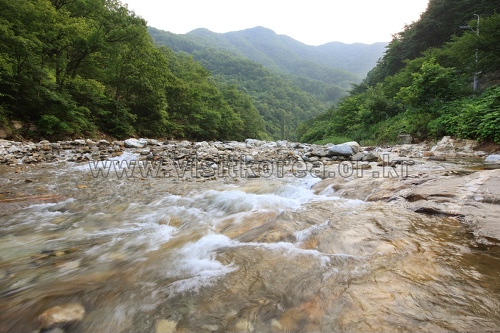
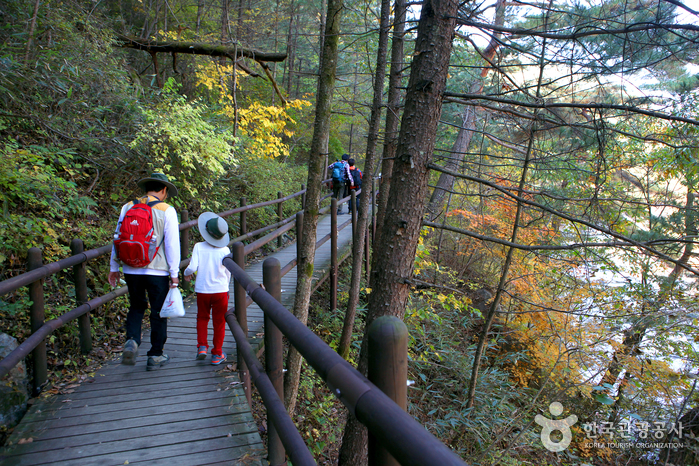

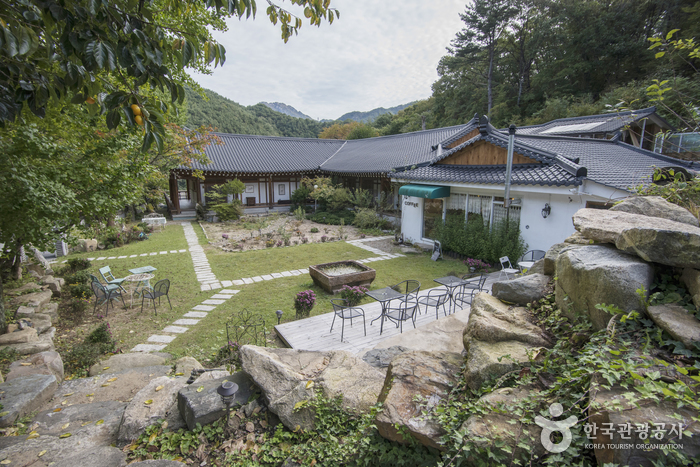
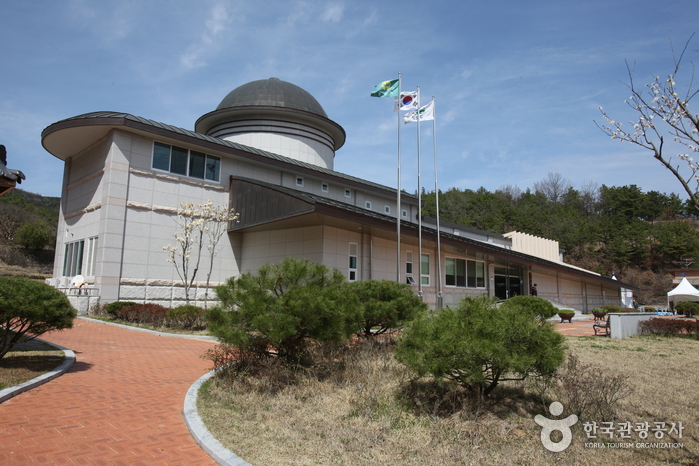
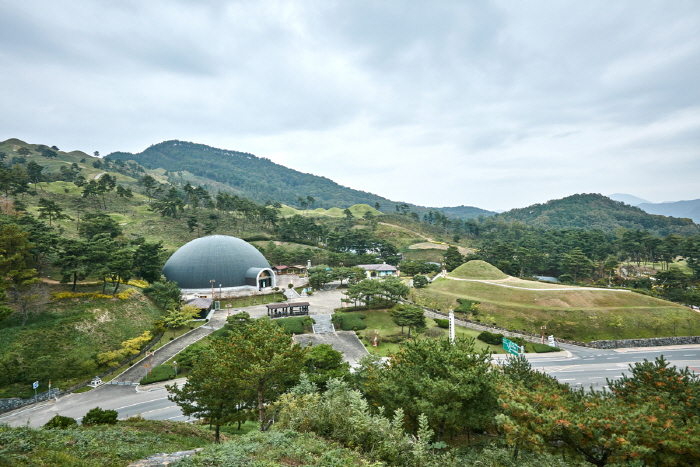
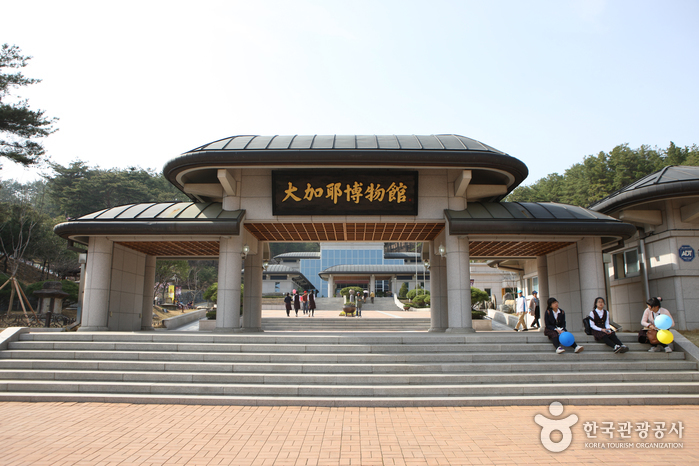
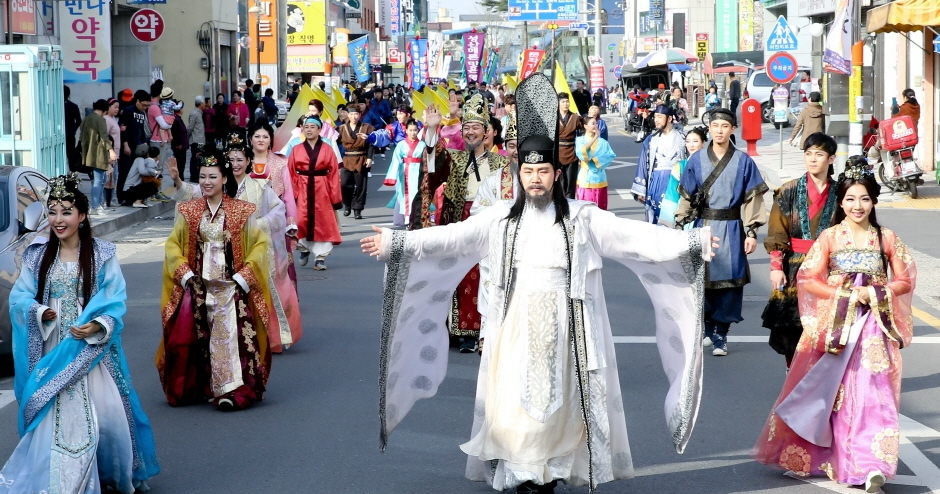

 English
English
 한국어
한국어 日本語
日本語 中文(简体)
中文(简体) Deutsch
Deutsch Français
Français Español
Español Русский
Русский